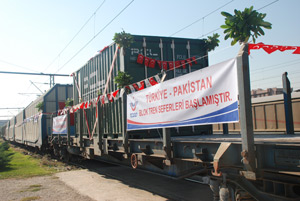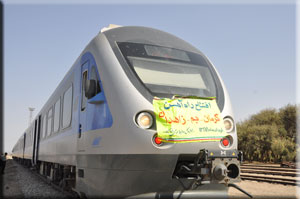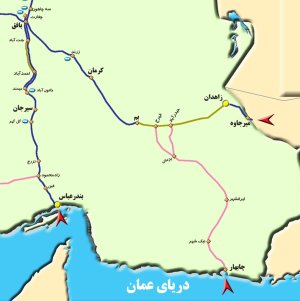The demonstration Islamabad – Zahedan – Istanbul train started its journey from Pakistan on 14 August 2009.
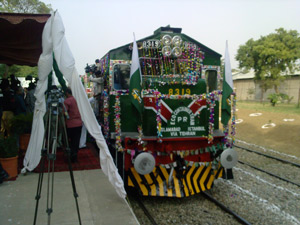
There are more details of the service (in Turkish) on the TCDD website. The photo is of a Pakistan Railways broad-gauge train. The containers are transhipped between gauges at Zahedan in Iran.
TCDD says the journey is 6566 km – other sources say about 6500 km with 1 900 km in Pakistan, 2 570 km in Iran and 2 036 km in Turkey – and the plan is to carry textile products, cotton, medical hand tools(?), toys, games and sporting goods westbound, with machinery and parts, chemical products, paper and paper products, cars spares and agricultural tools going eastbound.
According to PakTribune the journey “will take 15 days from Pakistan’s federal capital to the Turkish capital”, compared to “40-45 days from Karachi to a Turkish port” (do they really mean the Turkish capital, which is Ankara, or do they actually mean Istanbul, which people often mistakenly think is the capital?).
There is also a suggestion that Pakistan may join OTIF, which provides a common legal framework for international rail operations.
According to Iran’s Islamic Republic News Agency, regular services are expected to begin next year.
There are details of the background to the train in an article by Mohammad Mirzaei Kahagh, Director Transport & Communications at ECO, in the May 2009 issue of ECO Times. Despite the photos used in ECO Times, I don’t think Norfolk Southern or Norway’s Flåm railway are involved in the project!
Update: Barrie Hughes of the Welsh Highland Railway construction website has spotted that the tracklaying picture in the ECO Times article shows Cae Pawb mixed gauge crossing on the WHR/Cambrian Coast line in Porthmadog, Wales!
Update: The train reached Tehran on 23 August – Iran Daily has a photo of it. Director of Iran’s Railway Company Hassan Ziyari said the railroad is safer and more environmental friendly compared to the roadways and other transport modes. The duration of the entire journey can be reduced to 12 days in the future, he added, and voiced Iran’s preparedness for cooperating in new plans to expand rail networks of ECO members.
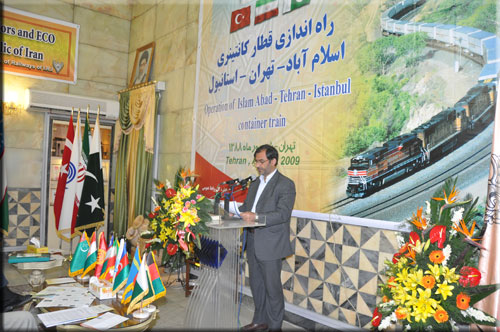
Update: It got to Turkey on 25 August – First train on Islamabad-Tehran-Istanbul railway arrives in Turkey
Update: It arrived at Haydarpasa station, Istanbul’s Asian station, on 28 August. 